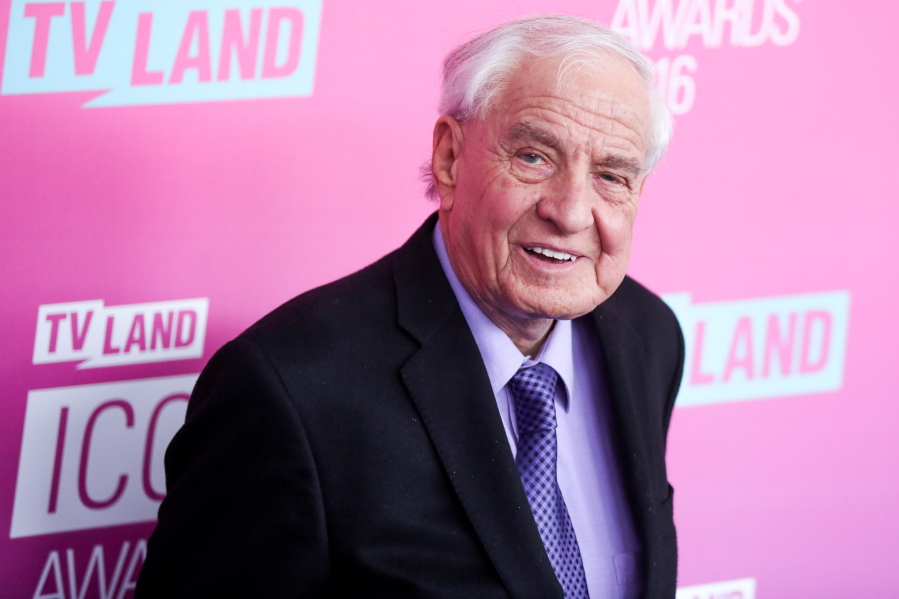Garry Marshall wore many hats in movies and television over the last 60 years, as a writer, director, producer and actor. His successes were as mainstream as they come: “Happy Days,” and its hit spinoffs “Laverne & Shirley,” “Mork & Mindy” and “Joanie Loves Chachi,” on TV; big-screen hits like “Pretty Woman,” “Beaches” and “The Princess Diaries.” His last film before his death Tuesday at 81, “Mother’s Day,” the third in a holiday-themed trilogy, was released in April.
But there was something spiky and offbeat about his work, too, and especially about his person. Years in Hollywood notwithstanding, he came off as an Italian-American — technically an Italian-German-English-Scottish-American — from the Bronx his whole life. He was a class act with ragged edges.
Like many of his generation, and the generation just before, who came up writing for comics and then for television — a crew whose members included Mel Brooks and Neil Simon, whose play “The Odd Couple” Marshall and his frequent writing partner, Jerry Belson, would one day convert into a successful sitcom — he was a trained craftsman with a fondness for quirks.
In New York, Marshall worked for nightclub comedians Joey Bishop and Phil Foster and for the Jack Paar-era “Tonight Show.” In Hollywood, partnered with Belson, he wrote for the Thunderbird of family-workplace sitcoms, “The Dick Van Dyke Show” — creator Carl Reiner’s son Rob Reiner would marry Marshall’s sister Penny Marshall — the sharp, sophisticated “The Danny Thomas Show” and Lucille Ball’s post-Desi “The Lucy Show.” Ball’s brand of slapstick farce would exert a huge influence on “Laverne & Shirley,” in which Penny Marshall was a co-star.



